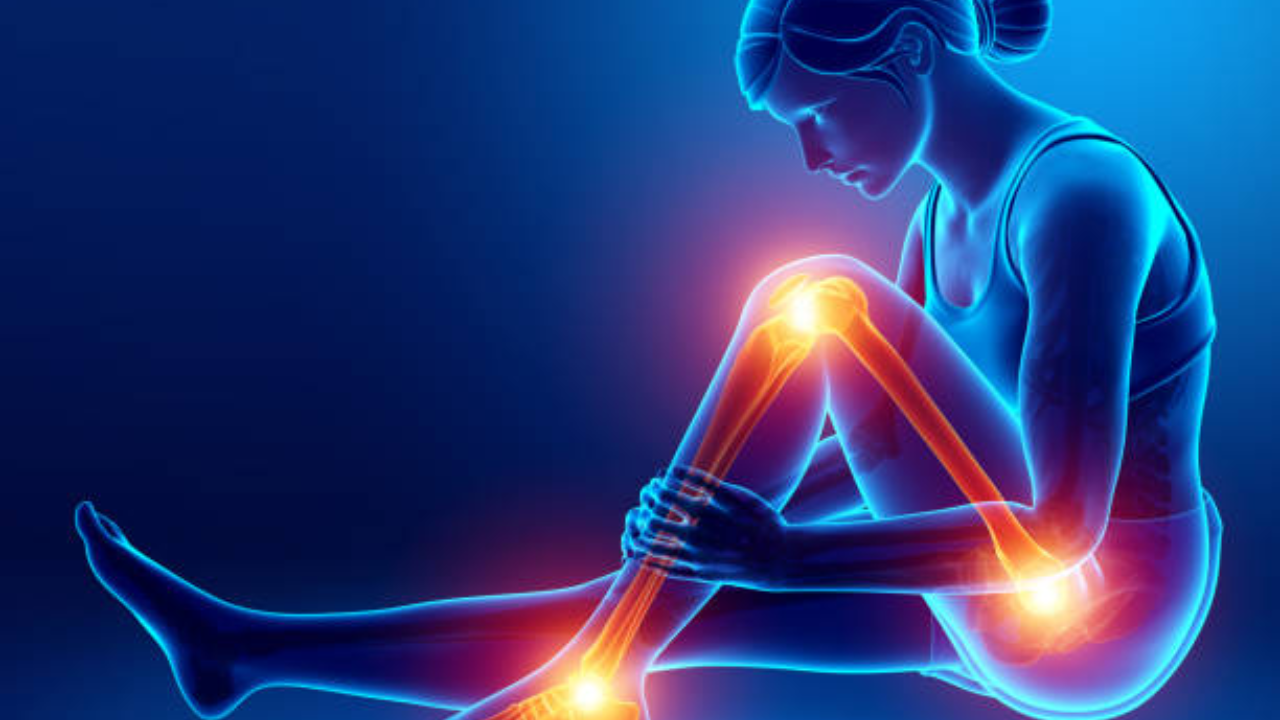What we eat doesn’t just influence weight or energy levels — it can directly shape bone strength and long-term mobility. Orthopaedic specialists are now urging people, particularly women above 40, to adopt a consistent anti-inflammatory diet to reduce the risk of arthritis, osteoporosis, and fractures.
Dr. Jocelyn Wittstein, an orthopaedic surgeon, recently highlighted research linking chronic inflammation to cartilage damage and bone density loss. She drew attention to studies that tracked women between 42 and 52 years of age, revealing that diets high in inflammatory foods correlate with a higher likelihood of fractures later in life.
Why Women Need Extra Attention
During menopause, women naturally experience a decline in bone mineral density due to hormonal changes. If high-inflammation foods are consistently consumed during these years, the rate of bone loss accelerates, raising the risk of:
Hip fractures
Knee degeneration
Chronic joint pain
Early onset osteoporosis
A major study from the Women’s Health Initiative, involving more than 160,000 menopausal women over six years, found that those with high dietary inflammatory index (DII) scores showed significantly lower bone density. The risk was especially noticeable in women under 63.

Foods That Reduce Inflammation
Experts recommend including the following daily:
Garlic, Ginger, Onion — natural anti-inflammatory compounds
Omega-3 sources — fish, walnuts, flaxseed
Vitamins A, C, D, E — support bone and tissue repair
Turmeric & Cinnamon — powerful antioxidant properties
Anthocyanin-rich foods — berries, purple cabbage, cherries
High-fiber foods & whole grains
Foods to Limit
Red and processed meat
Sugary snacks and beverages
Deep-fried foods
Packaged ready-to-eat meals
Instead, experts recommend a plate rich in color, plant-based nutrients, healthy fats, and lean protein.
Food can be the strongest long-term medicine. By choosing anti-inflammatory options consistently, individuals — especially women navigating midlife hormonal shifts — can protect bone strength, prevent fractures, and maintain mobility for years to come.


